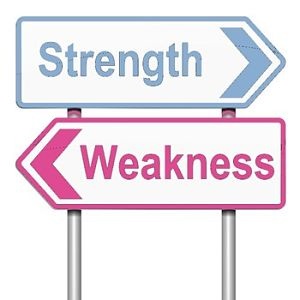Nowadays, Universal Design of Learning is getting more and more important. Universal Design of Learning has the purpose of making learning available for everyone, which means that everybody has the own way of learning and every class has some barriers that keep some students off the process of learning, so UDL is about destroying this barriers and making possible that everybody can learn with the same possibilities.
Universal design of learning explains
that each student has their own strengths, needs and interest, so with UDL we
try to give each child what they requisite. This kind of education means making
a universal education so everyone
can learn.
The idea of UDL is really nice
but, how do we implement it? Like everything in education the answer is simple,
it is all about the curriculum. But this curriculum is not easy at all because
if we are trying to please every student and we have said that every student is
different, it gets quite complicated. The students need to be participles of de
knowledge, of the abilities and strategies and be enthusiastic of the process
of learning; to get this the curriculum needs these three things. With this
kind of education it is essential a flexible curriculum and it’s also essential
that the teacher has to know what the student needs, prefers… and also the
teacher has to promote multiple intelligences. This curriculum has to motivate
and help ALL the students, this curriculum
will end up helping every student.
This curriculum has four parts:
- The goals: what do we want? What are our aims? Which barriers are we facing? Who can I motivate my students? These goals have to be present in the next parts.
- The methods.
- The material. à these three can't be static
- The assessment.
How can we destroy the barriers?
Using the three principles of de UDL:
1.
Multiple means of representation: We have to teach the content and the
information using multiple media. For
example, use graphics, highlight the most important words, explain the complex
vocabulary…
2.
Provide multiple ways to act and
express: help the
students to demonstrate what they have learnt in different ways.
3.
Multiple ways of engagement: provide different ways of
participation, let the kids learn from their mistakes, let them share knowledge,
promote autonomy …
You can watch this video to get more information:



